Case Study 1
Smart Bridges for Improved Structural Health Monitoring and Maintenance
Challenges
Traditional bridge inspections rely on visual assessments and scheduled maintenance, which can be time-consuming and miss early signs of deterioration. Infrastructure development companies struggle to proactively address potential structural issues.

Impact
Delayed bridge repairs due to missed problems can lead to safety hazards, closures, and costly repairs. Additionally, reactive maintenance is less efficient than preventive measures.

Solutions
An infrastructure development company can implement an IoT-based traffic management system. This system utilizes traffic cameras, embedded road sensors, and connected vehicles to collect real-time data on traffic flow, accidents, and road conditions. This data is used to dynamically adjust traffic light timing, provide real-time traffic updates to drivers, and identify areas for infrastructure improvements.

Benefits

Proactive bridge maintenance based on real-time data on structural health.

Early detection and repair of potential problems, minimizing safety risks and bridge closures.
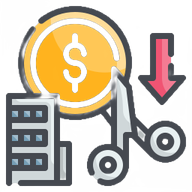
Optimized maintenance schedules based on data-driven insights, leading to cost savings.
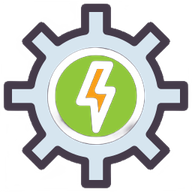
Improved bridge lifespan through preventative measures and early intervention.
Case Study 2
Smart Traffic Management with Real-Time Data for Optimized Flow
Challenge
Traditional traffic management systems rely on limited data sources and static infrastructure. Infrastructure development companies struggle to address traffic congestion and optimize traffic flow efficiently.

Impact
Traffic congestion leads to economic losses, environmental damage, and driver frustration. Inefficient traffic management can also contribute to road wear and tear.
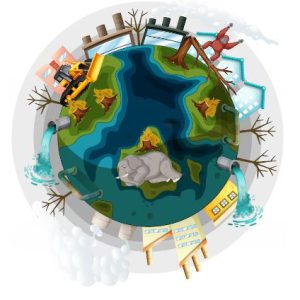
Solution
An infrastructure development company can implement an IoT-based traffic management system. This system utilizes traffic cameras, embedded road sensors, and connected vehicles to collect real-time data on traffic flow, accidents, and road conditions. This data is used to dynamically adjust traffic light timing, provide real-time traffic updates to drivers, and identify areas for infrastructure improvements.

Benefits
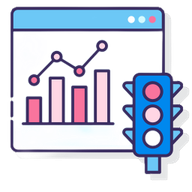
Reduced traffic congestion and improved travel times through real-time traffic management.

Increased safety by providing drivers with real-time information on accidents and road conditions.

Reduced environmental impact by optimizing traffic flow and minimizing idling vehicles.

Data-driven insights to inform future infrastructure projects and prioritize improvements.
Case Study 3
Smart Water Management Systems for Leak Detection and Efficiency
Challenge
Traditional water infrastructure relies on manual meter readings and often struggles to detect leaks promptly. Infrastructure development companies face difficulties in optimizing water distribution and minimizing waste.

Impact
Water leaks can lead to significant water loss, increased costs, and environmental damage. Inefficient water distribution systems can also contribute to water shortages and pressure fluctuations

Solution
An infrastructure development company can implement a smart water management system. This system utilizes smart meters on water pipes and pressure sensors throughout the distribution network. Real-time data on water flow, pressure levels, and potential leaks is transmitted wirelessly for analysis. Alerts can be triggered when potential leaks are detected, allowing for prompt repairs.

Benefits

Reduced water loss through early detection and repair of leaks.

Optimized water distribution by identifying areas of high demand and adjusting pressure accordingly.

Improved water conservation efforts and reduced environmental impact.
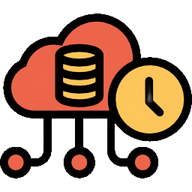
Data-driven insights to inform future infrastructure investments and maintenance strategies.
